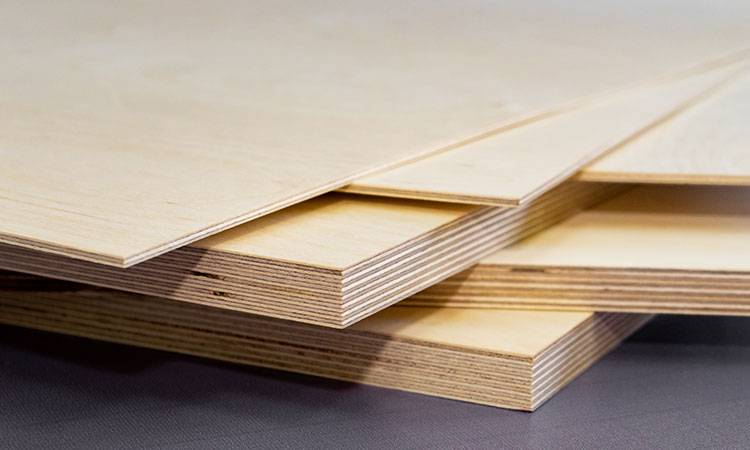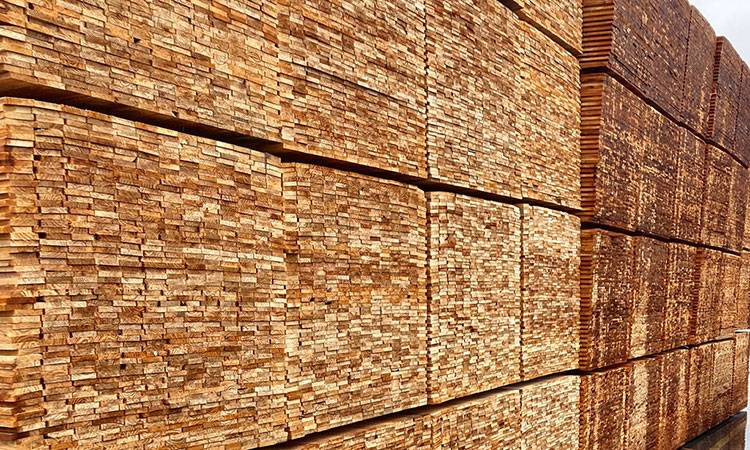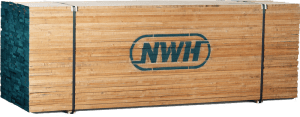Find a Sales Rep
You are here:
- Home
- Find a Sales Rep
Unlocking Success, Together
At NWH, we’re not just suppliers, we’re your strategic allies in the hardwood industry. Our strength lies in a deep-seated understanding of manufacturing processes, enabling us to recommend the optimal hardwood grades right for your needs and budget. Experience a partnership with NWH, where our insights become your assets, delivering reliable and profitable outcomes.
Team up with us and let our knowledge drive your success.
Select a product category below, or fill out the contact form and we’ll connect you with the right expert on our team.
KD Lumber Sales
Click on the map to find a Sales Rep near you.
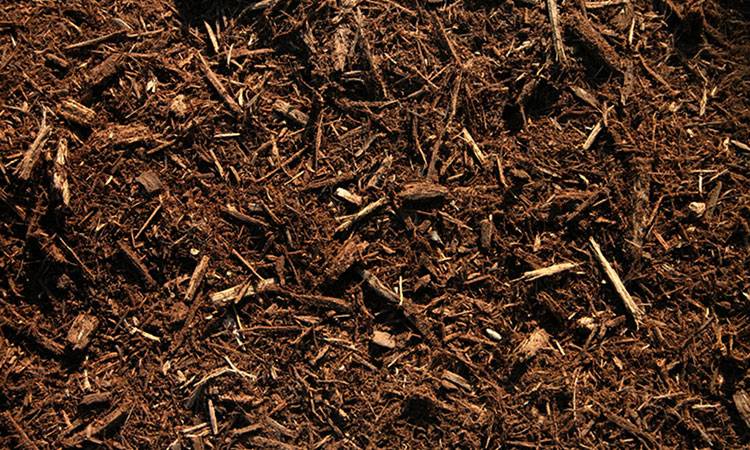
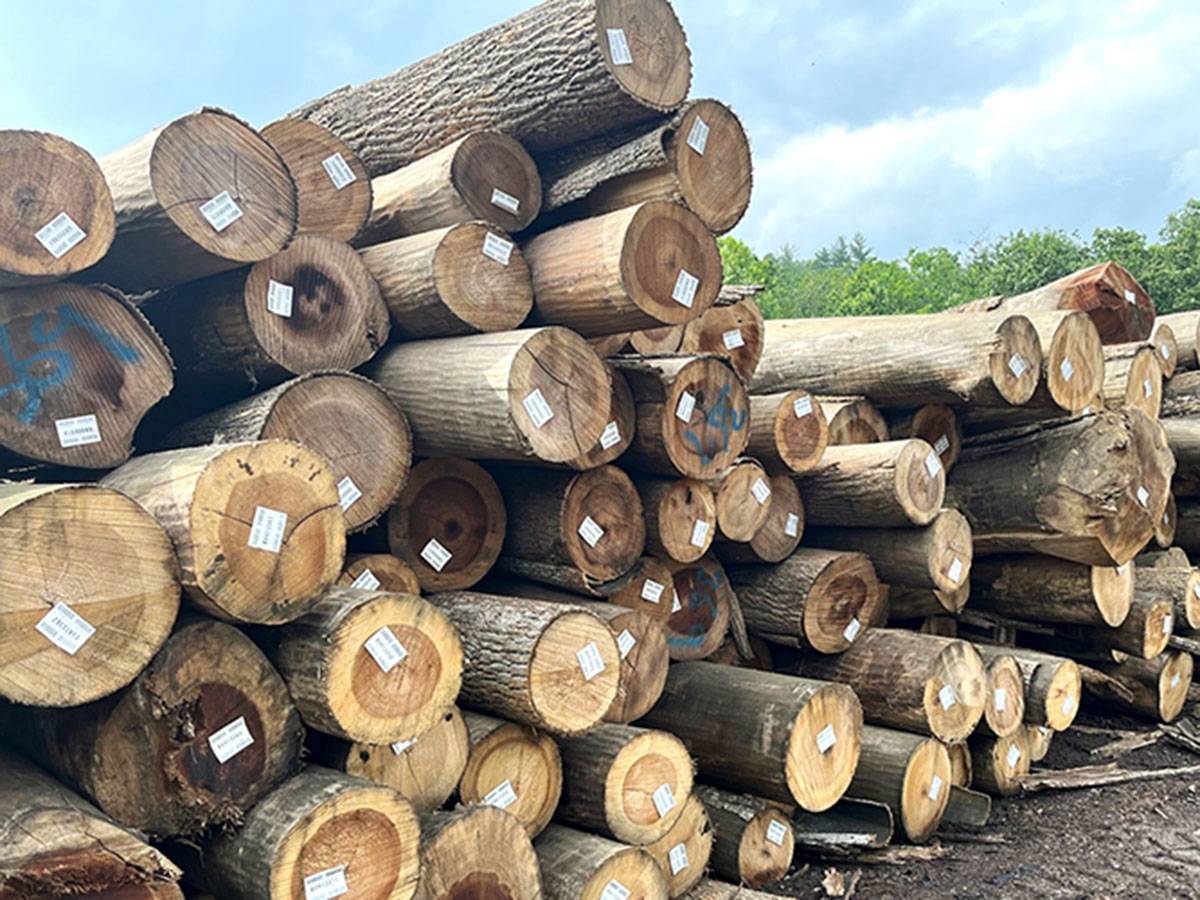
To sell your logs or timber, click here.
Contact Sales
Fill out the form below and we’ll connect you with the right expert at NWH.
